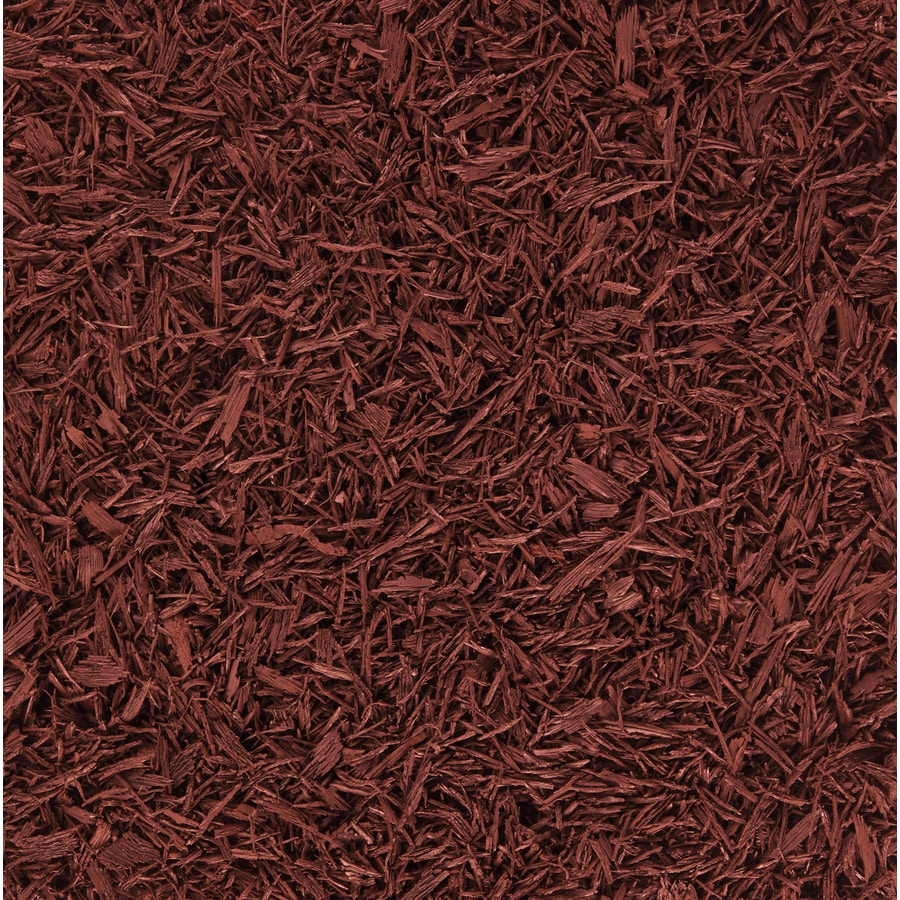Autumn mulching will protect soil and prevent spring weed infestations. Mulches can reduce soil compaction and erosion, suppress weeds, keep the soil moist, regulate soil temperature and improve soil quality, fertility and texture.
The end of the growing season is the optimal time to work mulch into the soil; this practice will help supply organic matter for the following growing season.
On your perennial beds and beds that are now empty of summer crops, mulch the soil surface with an organic material. Sawdust, straw and compost make excellent mulches and are easy to apply. Simply spread a 2- to 4-inch layer of one of these organic materials on the soil surface around your plants, making certain you do not cover the plants.
In areas where you don’t want anything to grow, such as in between beds, use a weed barrier cloth or quarter inch stacks of newspapers, then pile on at least eight inches of a mulch that decomposes slowly, such as bark chips, river gravel or hazelnut shells.
Larger sheets of plastic can be used on top of seed-ready raised beds to protect soil from winter’s wrath. Or drape clear plastic over hoops made from PVC pipe to protect your garden from the cold and rain. Your covered bed will have very few winter weeds, will remain dry and heat up when the sun comes out, making it ready for early spring planting, way ahead of unprotected beds. Weight the plastic down with rocks or other heavy objects.
When mulching around tree trunks, do not place the mulch up against the bark. Mulching against tree bark encourages crown rot and allows easy access for mice, which might girdle the bark around the base of the tree.
For more tips, call F.A. Hobson Landscaping at 410-739-6800 and get a free quote on letting us do the work for you…




